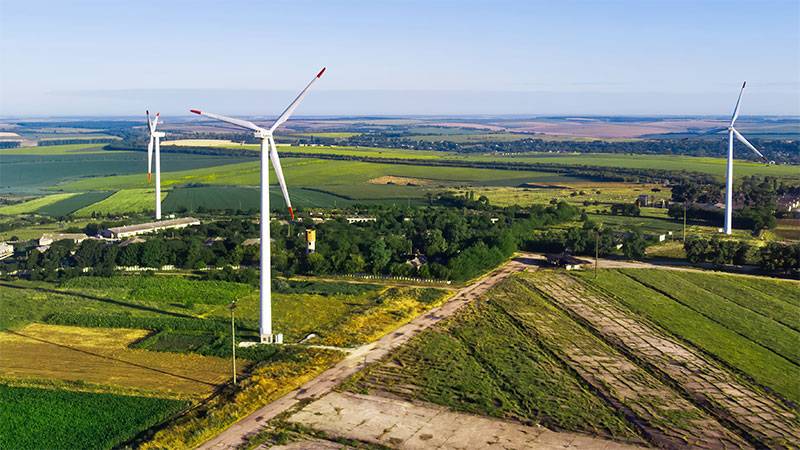In the 2000s, facing rising fossil fuel prices and energy demand, Uruguay was compelled to reconsider its energy strategy. Importing oil exposed the country to volatile global markets, as seen in the early 2000s when oil prices soared from $20 to a record $145 per barrel. This volatility strained Uruguay’s economy, forcing then-President Tabaré Vázquez to import energy at premium prices due to increasing household energy demands.
This challenge led to a revolutionary shift in Uruguay’s energy policy under the guidance of physicist Ramón Méndez Galain, who transformed the nation’s energy grid. Today, Uruguay boasts an electricity production system that is almost entirely based on renewable sources, with 90% to 95% of its power coming from renewables, occasionally reaching up to 98%.
Galain, initially a nuclear physicist, turned away from nuclear energy towards renewables, believing wind power to be the optimal solution for Uruguay. His paper advocating for this shift led to his appointment as Uruguay’s energy secretary, where he implemented his vision.
Uruguay’s success story is not just about energy transformation but also about changing the societal narrative around renewables. Initially, renewables faced skepticism due to misconceptions about cost, reliability, and employment impact. Addressing these concerns was key to gaining public support. The transition not only reduced reliance on fossil fuels but also created around 50,000 new jobs, challenging the notion that green energy would lead to job losses.
Today, the country has almost phased out fossil fuels in electricity production. Depending on the weather, anything between 90% and 95% of its power comes from renewables. In some years, that number has crept as high as 98%.
Santiago Revello’s story exemplifies the individual impact of this shift. Owning a beef farm in central Uruguay, Revello was contemplating selling his land in 2009. However, after meeting Fernando Schaich, who had pivoted his energy-efficiency consultancy towards windfarm development, Revello transformed part of his farm into a site for wind turbines, creating a new revenue stream without disrupting his cattle farming.
According to The Guardian, Uruguay’s transformation also included logistical challenges, such as transporting large wind turbine parts across the country’s limited road network. This required innovative solutions and cooperation across sectors.
Despite these successes, there remain challenges and criticisms, such as why energy bills haven’t decreased significantly despite the shift to “free” renewable energy. Galain attributes this to the increased use of electricity in homes due to improved living standards and a significant reduction in poverty and extreme poverty rates.
The Uruguayan model demonstrates the feasibility of a renewable energy transition even in a country with limited resources. Its political stability and natural advantages, like strong winds and hydropower potential, played a crucial role in attracting foreign investment and enabling this transformation.
Uruguay’s next phase focuses on electrifying public transportation and incentivizing electric vehicles, potentially offering a roadmap for global decarbonization efforts. The country’s journey highlights the importance of strong leadership, public buy-in, and a clear narrative in achieving a successful energy transition.
More inspiring green news similar to this:


